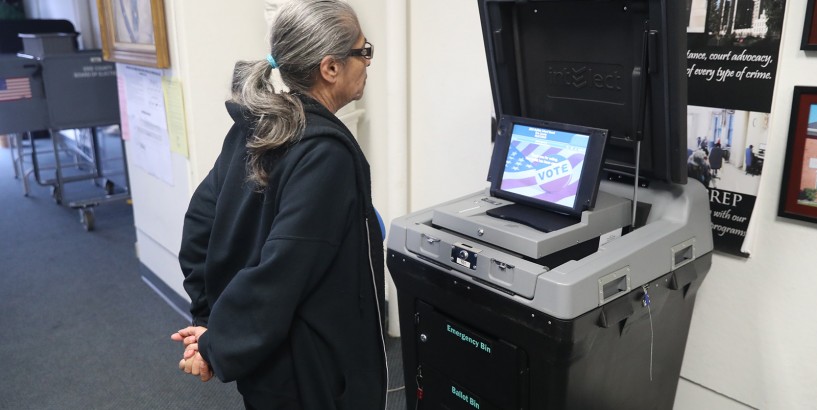What happened in Buffalo Tuesday was a travesty.
Or, more accurately, the travesty is what didn’t happen – and it makes the case for fundamental change.
With all nine seats on the Buffalo School Board up for election, only five were competitive – and barely that. According to the Erie County Board of Elections, voter turnout Tuesday was a paltry and corrosive 6.6%.
As a direct consequence, every candidate who won was backed by the Buffalo Teachers Federation, which takes advantage of the public’s apathy and unawareness by dominating the voting.
And so now, just as contract negotiations are beginning, the BTF’s bargaining position will be bolstered – if not actively supported – by a School Board whose members owe their election in part to the union whose contract they must approve. That may bode well for the union, but not necessarily for students, parents and taxpayers.
In Tuesday’s voting, incumbent Louis Petrucci bested Austin Harig in the Park District and Kathy Evans-Brown defeated Patricia A. Elliott in the East District. Both won three-year terms. Among the candidates for the Board’s three at-large seats, Ann Rivera, Terrance L. Heard and Larry Scott won five-year terms.
The problem isn’t that the candidates are uniformly unsuited to the task – though more about that later – but that the BTF exerts more influence over the district than the goals of education or good government should tolerate, especially in a large and complex urban school district.
Just one example: The existing contract ties the district’s hands in assigning teachers to the schools where they can be most effective. Why the School Board ever bargained away a fundamental management right is beyond comprehension, but students pay the price for it daily.
The union likes that control. What is the likelihood, then, that a School Board that owes a debt to the BTF will insist on the return of that right? We know the union wants more money for teachers – that’s not unusual – but what will a compliant School Board hold out for in return? History doesn’t hold out much hope.
Anyone who cares about the education of Buffalo’s students can see the problem. Two solutions are possible. One would improve turnout and make the elections more reflective of the community’s interests. The other, more fundamental and more useful, would do away with the election altogether in favor of an appointed board with the expertise to make a difference.
The half-step would move the election date to November, when Americans are accustomed to voting, when the district can save $100,000 in voting costs and when, as it happens, Rochester and Syracuse already hold their school board elections.
Defenders of the May date say it diminishes the role of party politics, which don’t belong on school boards. They have a point, but they ignore the parallel fact that the May election empowers the BTF. How is that better than empowering Democrats, who dominate city politics?
The good news is that a prominent state official from Buffalo is pushing for the change. Assembly Majority Leader Crystal Peoples-Stokes has introduced legislation to move the election back to November. Whether the rest of the Legislature has the gumption to defy the teachers union remains an open question, but it’s at least hopeful.
But while that change could make elections more competitive, it wouldn’t be any more likely to produce the kind of leadership expertise that a specialized, billion-dollar-a-year enterprise demands, if it is to function at the high level that Buffalo and its students need.
For that to happen, Albany needs to give Buffalo the education structure that has worked exceptionally well in New York City: mayoral control, aided by an appointed board representing a variety of interests and disciplines. Under the control first of former New York Mayor Michael Bloomberg and now his successor, Bill de Blasio, graduation rates and test scores have significantly improved.
There’s no reason to believe that wouldn’t happen here as well. But we won’t know without trying.
Let’s try.









